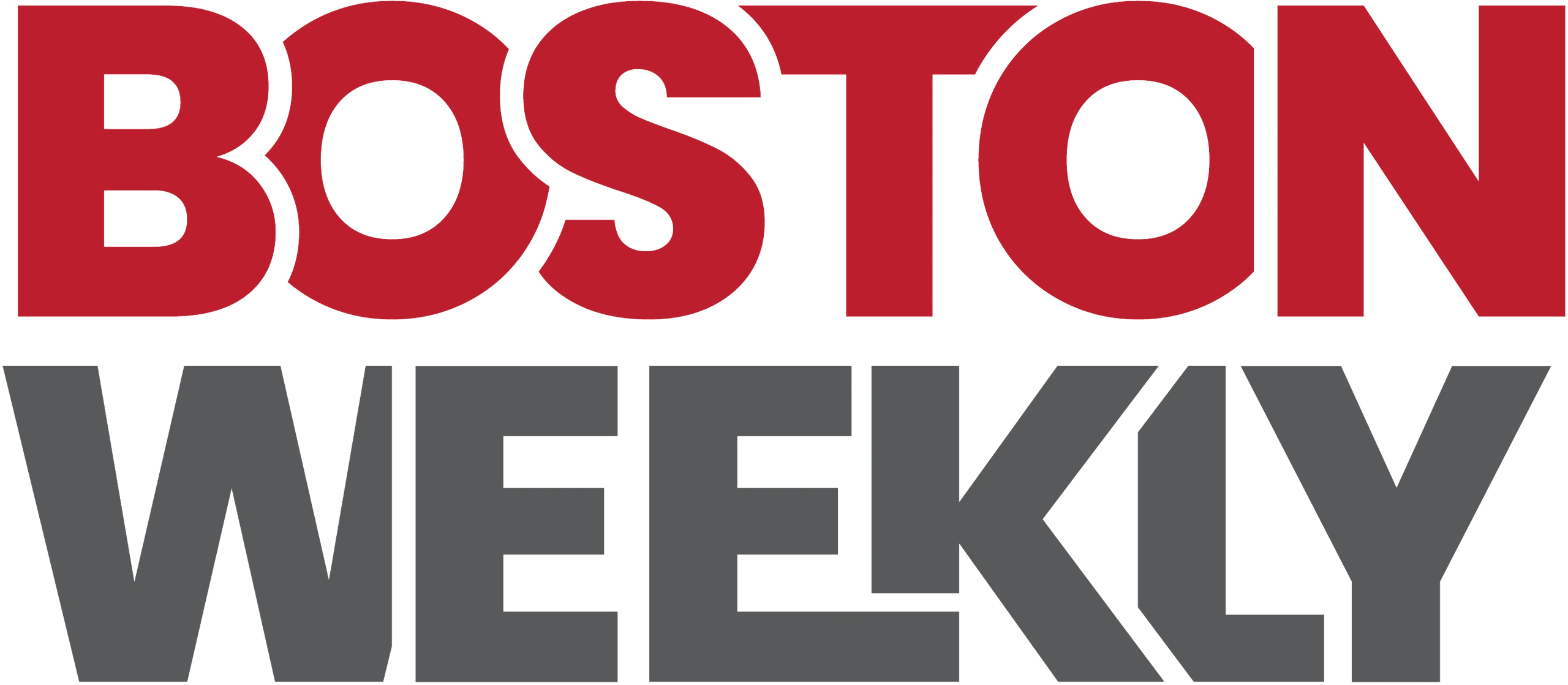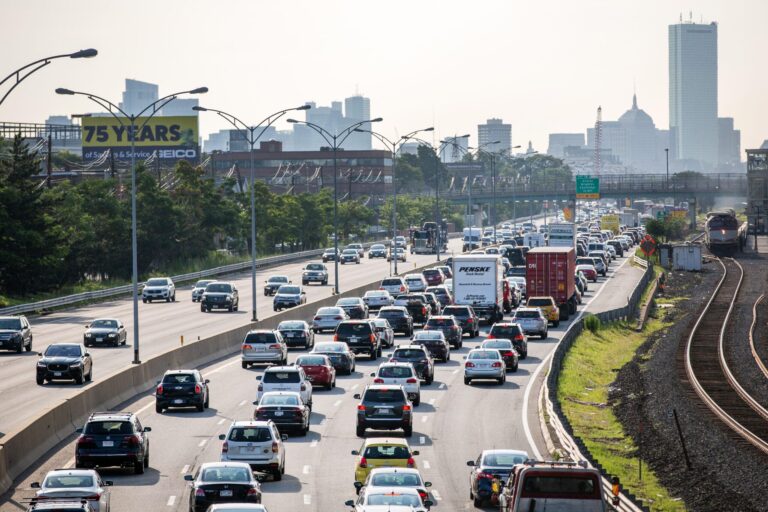Boston, a city known for its historic streets and vibrant urban life, is confronting its notorious traffic congestion with a series of innovative solutions aimed at easing commutes and improving road safety.As traffic delays continue to challenge residents and visitors alike, local authorities are implementing advanced technologies, smart traffic management systems, and infrastructure upgrades to address bottlenecks on key routes such as the Massachusetts Turnpike, I-93, and I-95.These efforts come at a critical time when events like the upcoming Boston 10K for Women impose temporary restrictions, further testing the city’s capacity to maintain smooth traffic flow. This article explores how Boston is leveraging innovation to transform its traffic woes into a model of urban mobility resilience.
Table of Contents
- Boston Implements Smart Traffic Signals to Improve Flow During Peak Hours
- Expansion of Dedicated Bus Lanes Aims to Reduce Commute Times Across the City
- Community Feedback Drives Development of New Bicycle and Pedestrian Infrastructure
- Experts Recommend Integrating Real-Time Data and Public Transit Incentives for Long-Term Success
- In Conclusion
Boston Implements Smart Traffic Signals to Improve Flow During Peak Hours
Boston city officials have activated a cutting-edge adaptive traffic signal system designed to ease congestion during the busiest travel periods. These smart signals leverage real-time data and AI-powered algorithms, dynamically adjusting light patterns based on current traffic conditions to optimize flow. The new technology prioritizes major routes during peak hours while ensuring secondary streets are not neglected, reducing wait times and improving overall trip duration for commuters.
Key features of the smart traffic system include:
- Continuous traffic monitoring via embedded sensors and cameras
- Dynamic phase switching to accommodate sudden rushes of vehicles
- Integration with public transit signals to minimize delays for buses and emergency vehicles
- Data sharing with city planners for ongoing traffic management improvements
Early reports from pilot areas indicate a noticeable reduction in gridlock, marking a promising step toward a more efficient urban transportation network in Boston.
Expansion of Dedicated Bus Lanes Aims to Reduce Commute Times Across the City
Boston’s transportation officials have unveiled a bold initiative to expand dedicated bus lanes throughout key corridors, targeting a notable decrease in commute durations. These newly designated lanes are engineered to offer buses an exclusive right of way,minimizing delays caused by congestion. The city anticipates that by prioritizing public transit vehicles, travel times during peak hours could be cut by up to 25%, encouraging greater reliance on sustainable transportation options.
Key features of the expansion include:
- Strategic placement along major routes experiencing frequent bottlenecks
- Enhanced signal prioritization for buses at intersections to reduce stoppage time
- Improved signage and road markings to clearly delineate bus-only lanes and educate drivers
- Ongoing monitoring through real-time data to optimize traffic flow continuously
City planners emphasize that this transit innovation serves as a cornerstone of Boston’s larger goal to alleviate gridlock, reduce greenhouse gas emissions, and boost the efficiency of its public transportation infrastructure.
Community Feedback Drives Development of New Bicycle and Pedestrian Infrastructure
Boston’s approach to easing urban congestion places a spotlight on active community involvement, with residents playing a pivotal role in shaping new bicycle and pedestrian infrastructure projects. Through a series of public forums, surveys, and interactive workshops, city planners gathered vital feedback that directly influenced the design and placement of bike lanes, pedestrian plazas, and improved crosswalks across neighborhoods. This collaborative process ensures that developments not only enhance mobility but also reflect the diverse needs of Boston’s communities.
The outcomes of this engagement are reflected in several key initiatives marked by:
- Expanded protected bicycle lanes that connect major hubs and residential areas, making cycling a safer and more convenient option.
- Enhanced pedestrian crossings with updated signals and widened sidewalks, improving accessibility and safety for all ages.
- Community-driven beautification projects, incorporating green spaces and street furniture to create inviting urban environments.
These improvements underscore Boston’s commitment to sustainable urban mobility and demonstrate how active civic participation can drive meaningful change in city infrastructure planning.
Experts Recommend Integrating Real-Time Data and Public Transit Incentives for Long-Term Success
Transportation analysts underscore the critical importance of harnessing real-time data analytics to dynamically manage Boston’s congested roadways. Mobile sensors, GPS tracking, and AI-powered traffic models enable officials to anticipate and respond immediately to traffic fluctuations, accidents, and bottlenecks. Integrating these technologies into a centralized platform facilitates smarter signal controls, adaptive routing, and rapid incident response, contributing to a smoother flow of vehicles and decreased congestion during peak hours.
Alongside technological advancements, experts emphasize that sustainable success in alleviating traffic woes demands robust public transit incentives. Strategies gaining traction include:
- Reduced fares and subsidized monthly passes to encourage ridership among commuters.
- Partnerships with employers to offer transit benefits and promote car-free commutes.
- Enhanced last-mile connectivity through bike-share programs and on-demand shuttles.
These combined efforts not only reduce dependence on private vehicles but also foster a cultural shift towards greener mobility, positioning Boston’s transit ecosystem for long-term resilience and efficiency.
in summary
As Boston continues to grapple with the challenges of urban congestion, these innovative solutions represent a crucial step toward smoother commutes and a more sustainable future. While the road ahead may still hold obstacles, the city’s commitment to leveraging technology and forward-thinking strategies signals a new era in traffic management. Residents and commuters alike will be watching closely as these initiatives unfold, hopeful that Boston’s experience will serve as a model for other cities facing similar struggles. The success of these efforts could mark a turning point in the battle against traffic jams, ultimately transforming the daily travel experience in one of America’s busiest urban centers.

